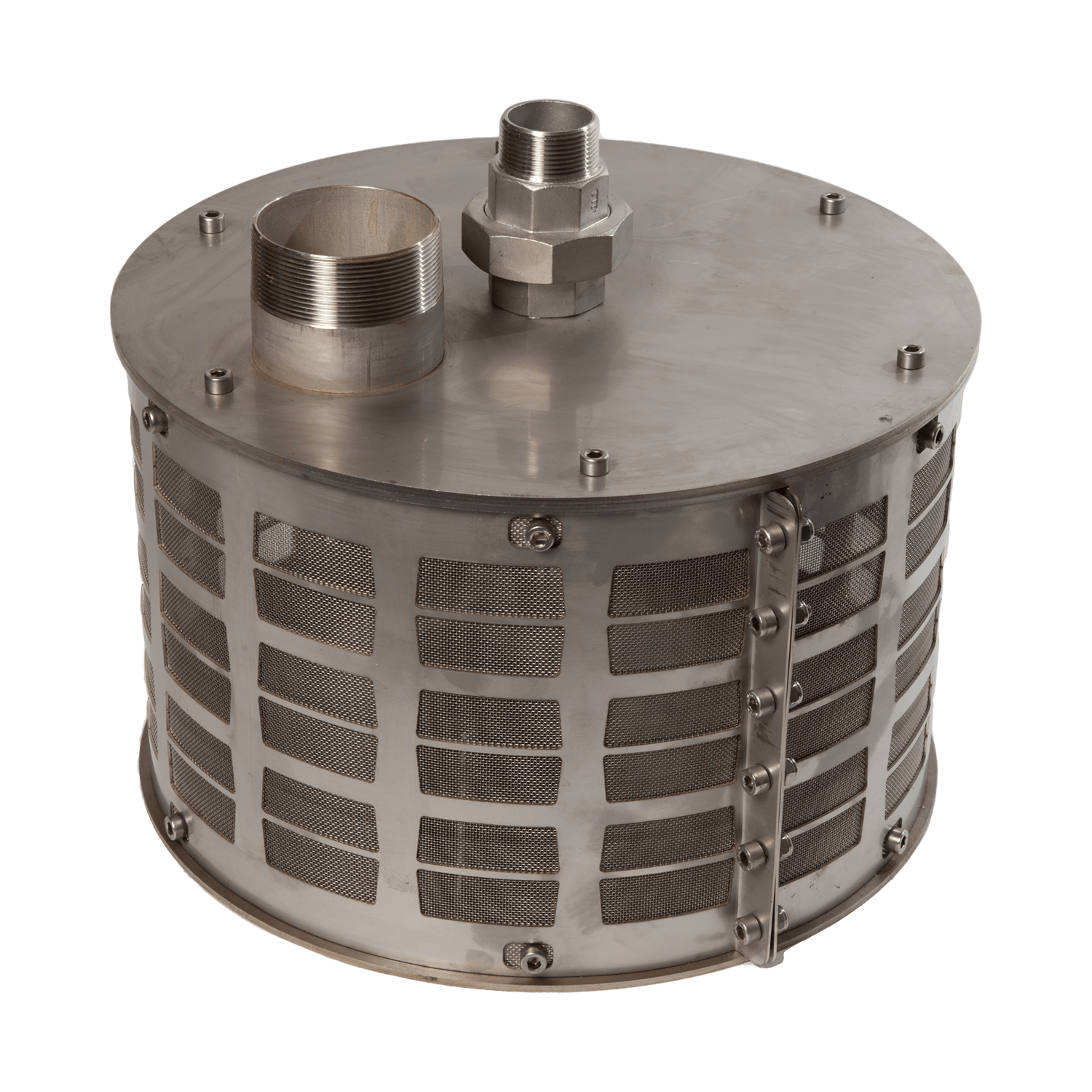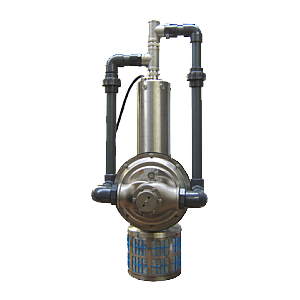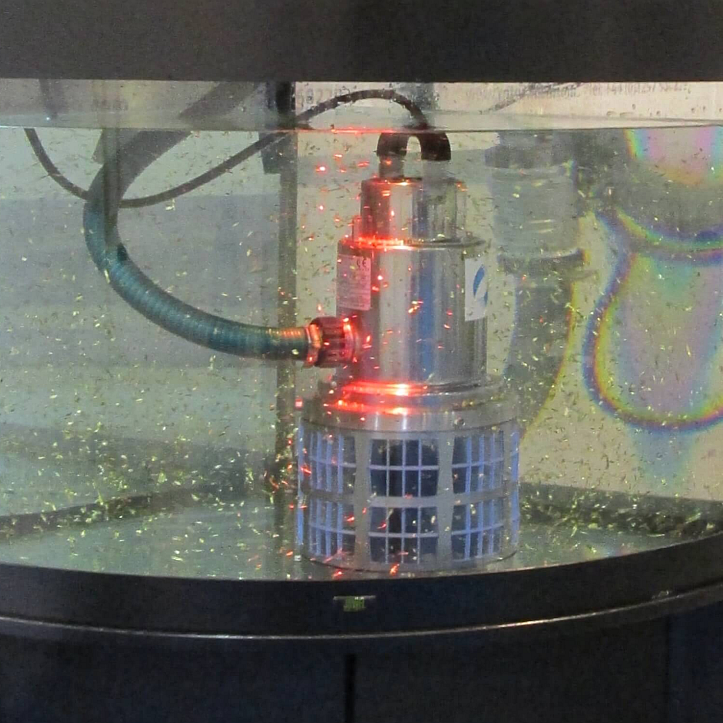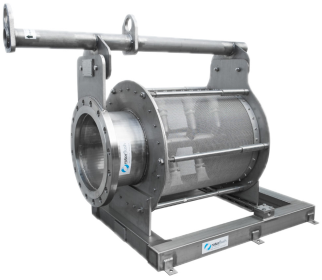Self-cleaning Septic Tank Filter

C J Hiscock
Published
Laleham Farm Self-cleaning septic tank filter
What we were told:
Charlie of B.E. Bransden and Sons Ltd has typically up to 20 seasonal workers every year staying in accommodation on the farm. Sanitary facilities are adequate but a long way from mains drainage. Waste water and sewage is managed by a combination of cesspool and septic tank.
A large cesspool servicing up to 20 seasonal workers requires regular emptying by a tanker vehicle, and this was very expensive. The cesspool on the farm dates back 100 years. A cesspool is a sealed underground tank where sewage is stored until emptied by a tanker vehicle. Typically, a tank serving a Victorian farming family is likely to need one tanker load removed every two – three weeks or so, to prevent it from overflowing.
Perhaps 100 years ago this was less of an issue but in the 21st century a cesspool servicing up to 20 seasonal workers requires regular emptying and given the cost per tankful these days it is a very expensive business. Charlie’s effluent was over 95% water and less than a mile from the nearest sewage treatment works – still full price for a tankerful though.
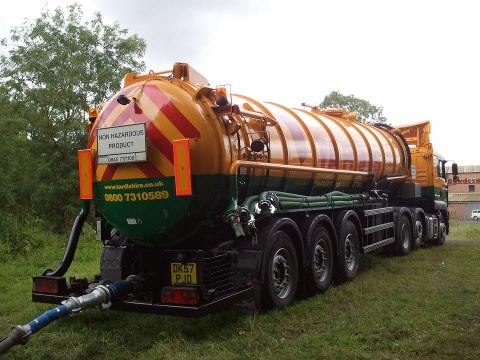
Pumping out the Cesspool
A septic tank usually has two compartments. It is designed to retain solids and liquid waste for a period and then release a clarified effluent to be discharged to a soak away. The effluent is very poor quality and only suitable for discharge into Charlie’s well drained land.
Charlie wanted to get waste from his cesspool to the septic tank to treat the waste water for discharge on the land, so that the regular emptying of the tanks would become less frequent.

What we did:
Charlie had considered a solids pump, but we explained to him in this case, too much solid material would be pumped into the septic tank, which would then block it up.
We recommended our Rotorflush self-cleaning filterpump™ with a float switch to move liquid waste to the septic tank as required. We estimated that the filter pump would require low maintenance every 6 months or so, meaning he would only have to have both tanks emptied as little as once or twice a year.
The filter pump, with its built in self cleaning filter on the suction intake, screens to 315 microns, leaving most of the solids behind as water is pumped to the soakaway. The fine screen requires little and infrequent maintenance because it has a continuous backwash to keep the mesh clear whenever the pump is running.
And the Outcome was:
The use of the Rotorflush filterpump™ enabled waste water to be more efficiently disposed of to land, meaning that more solids and less water accumulated. The cesspool now needed pumping out by tanker 4 - 5 times a year instead of around 20 times, with consequent savings. The filter pump paid for itself within months.
Explore more topics
Ready to brush up on something new? We've got more to read right this way.Share this insight
-
Increase productivity
-
Reduce maintenance
-
Filter to your requirements
Contact our friendly experts now
to discuss your project
Or call our team on:
01297 560229
Find out more.....
...... about how using Rotorflush self-cleaning filters, intake screens and filter pumps can help you better manage waste water.
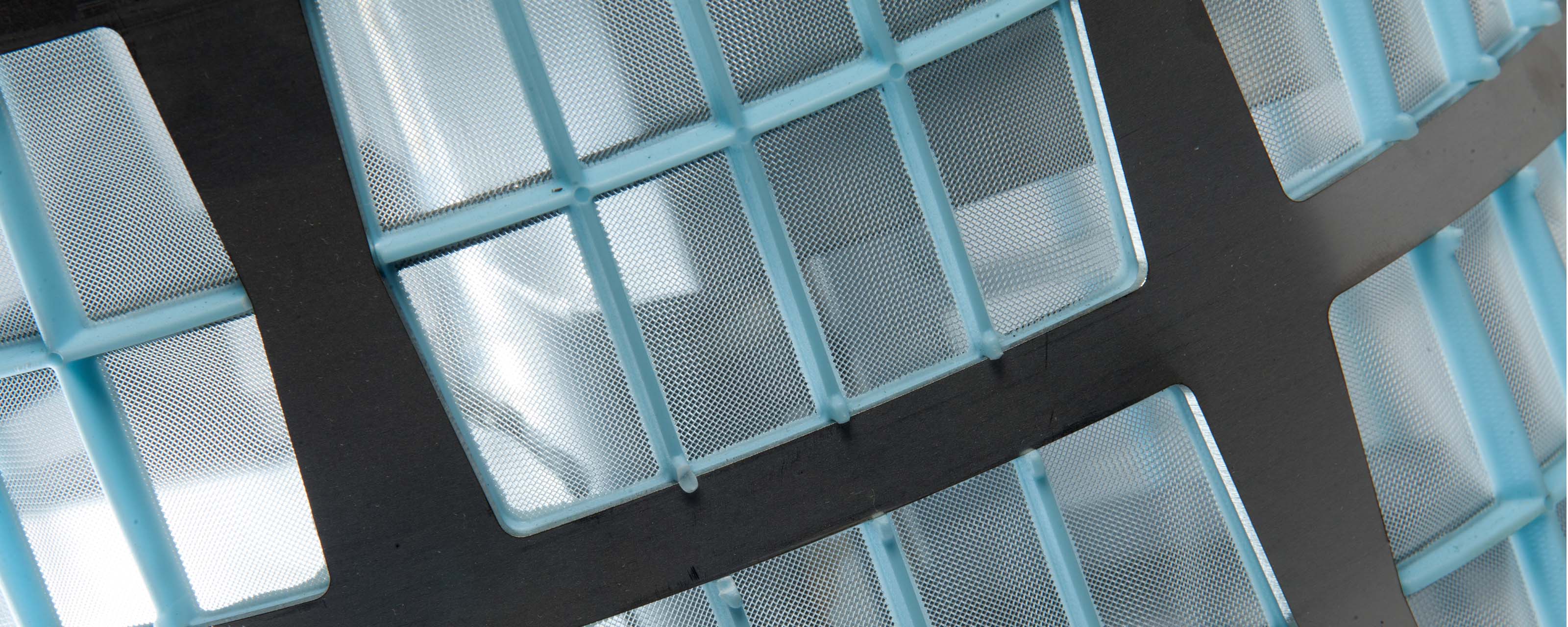
This website uses cookies to ensure you get the best experience. Learn more




